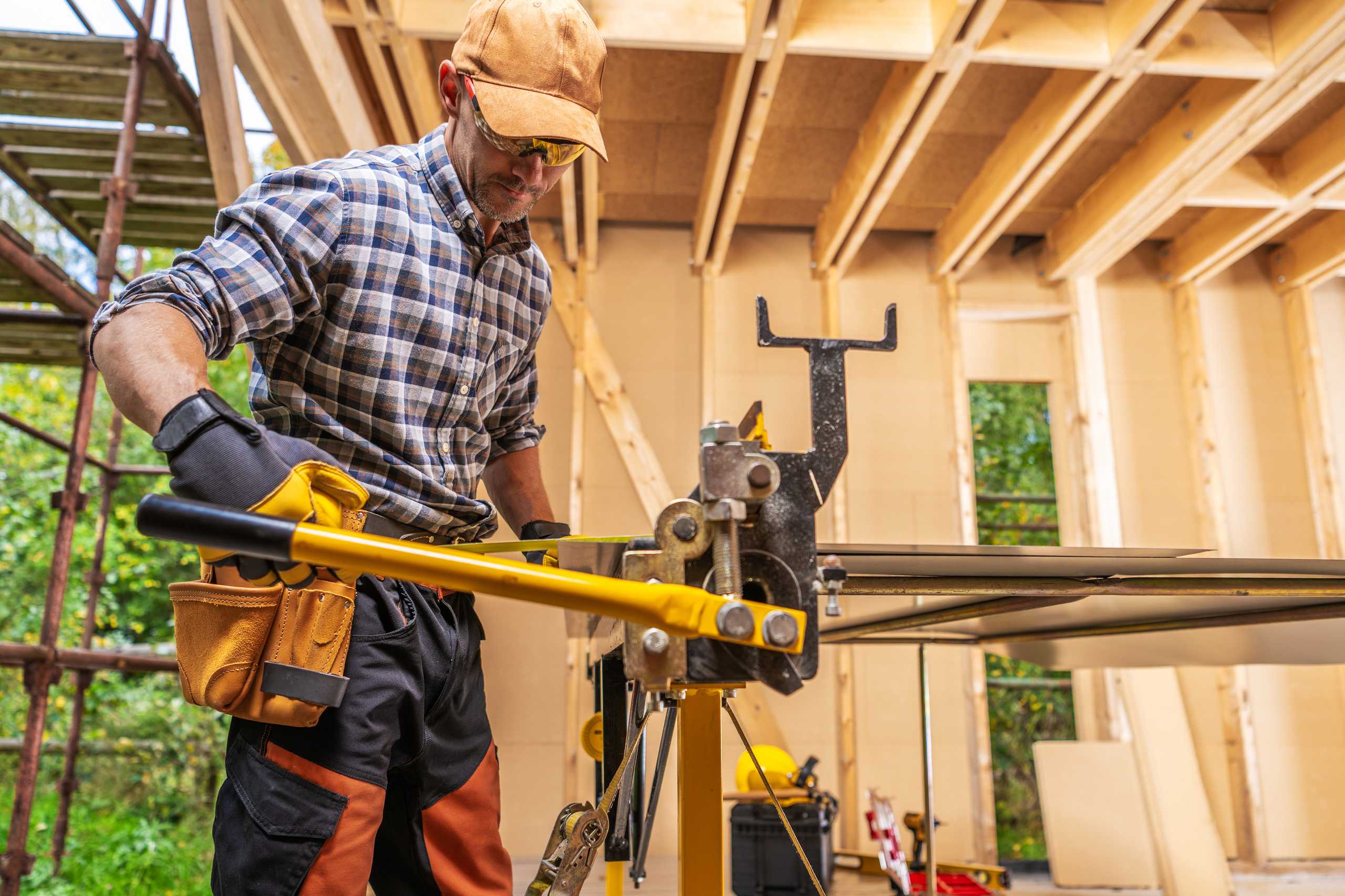Introduction
Precision is the cornerstone of quality woodworking. Whether you are crafting a small shelf or an intricate piece of furniture, accuracy in measuring, cutting, and assembling defines the final result. Mastering precision not only improves the aesthetic appeal of your projects but also ensures structural integrity.
Why Precision Matters
Precision in carpentry goes beyond aesthetics:
- Structural Integrity: Accurate measurements prevent gaps and misalignments that can weaken joints and overall stability.
- Efficiency: Fewer mistakes save time, materials, and frustration.
- Professional Results: Consistency in measurements and cuts elevates your work to a professional level.
Tools for Accurate Work
To achieve precision, certain tools are indispensable:
- Measuring Tools: Calipers, tape measures, and rulers help maintain exact dimensions.
- Marking Tools: Pencils, marking knives, and squares guide your cuts and joints accurately.
- Cutting Tools: Saws with guides and sharp blades reduce errors and produce clean edges.
Techniques to Improve Accuracy
Even with the best tools, technique is key:
- Double-check measurements before cutting.
- Use guides and jigs to maintain straight cuts.
- Plan your workflow to avoid rushed or haphazard actions.
- Practice consistently to develop a natural sense of scale and proportion.
Conclusion
Precision transforms woodworking from a casual hobby into a disciplined craft. By combining the right tools, careful techniques, and mindful planning, every project can achieve beauty, strength, and functionality. Commit to accuracy, and your creations will reflect the skill and dedication behind them.

